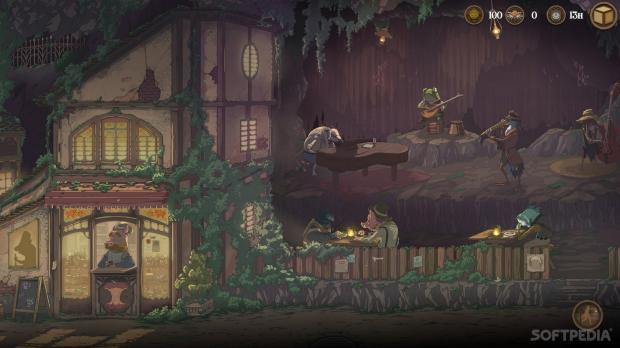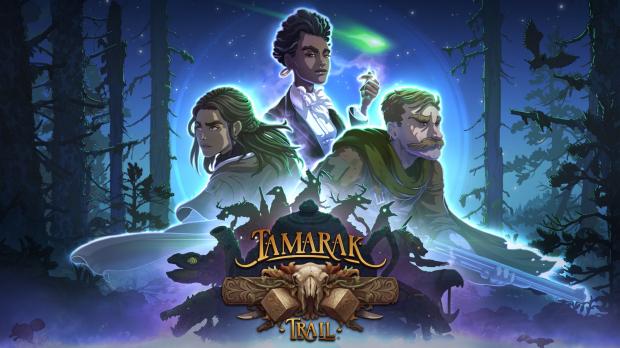In a world of roguelike deckbuilding games dominated by Slay the Spire, there are many titles that are trying to reinvent the formula by bringing new innovations into the mix. Tamarak Trail is one of these games that have come up with an interesting twist on the traditional recipe.
Developed by independent studio Yarrow Games, Tamarak Trail is a turn-based dice rolling roguelike that draws inspiration from roguelike deck builders like Slay the Spire, as well as other similar titles like Dicey Dungeon and Peglin.
However, Tamarak Trail’s deckbuilding aspect is hidden behind the dice rolling mechanic. To make it clearer, the game allows you to customize every side of the dice with various types of attacks, powers, abilities, and defense moves.
There are three classes available in the game, each with their distinct abilities: The Magician, The Tracker, and The Detective. On top of that, you can customize the dice to match the playstyle you prefer for each of these different classes.



All three classes are available from the start, but the paths on the map are procedurally generated. Bosses are placed at certain crossroads to prevent you from progressing until you fight and beat them. Typically, maps seem to be huge and populated not just with monsters to fight, but also treasure chests and campsites to replenish your hero’s health.
With just one type of attack and one defense action, your combat effectiveness is quite limited at the beginning of the game, but once you win a few battles and find new abilities, you can start customizing the sides of the dice just like you would do with a card deck.
What makes Tamarak Trail less enjoyable than other roguelikes is the RNG aspect. It’s true that the dice system has been specifically implemented to generate unpredictable outcomes, it makes every strategy that you’re leaning towards pointless if the right results never align.
On the bright side, you can interact with the dice even after you roll them. Whenever they interact with each other or bounce, you can chain some devastating combos. Many of these combos must be discovered, they’re not hinted in any of the ability descriptions, so you’ll have to experiment.
Some abilities are dependent on the number of dice bounces, so you’re encouraged to bounce the dice as hard as often as possible. Of course, these are only achievable if you choose to manually roll the dice. The game also has the option to let the AI roll for you, but for some reason the results I got were 90% the same.
To add another layer of strategy, each dice has a core slot where you can put an item that provides your hero with a powerful passive ability that will remain active for the entire run. Of course, you can switch between multiple core items as you find better ones.
Visually, Tamarak Trail is very appealing. I’m digging the hand-drawn art style very much, and the soundtrack feels like a good fit, at least for the first few hours.



Conclusion
I’m sure that the game will eventually find its audience since it stands out from other turn-based roguelike games, but I simply didn’t find the combat solid enough to make me want to progress. It’s awkward and unsatisfying for the most part, but if you like the idea make sure to wishlist Tamarak Trail on Steam. The game is scheduled for release sometime in 2023.
Preview key was provided by the publisher.

 14 DAY TRIAL //
14 DAY TRIAL // 











